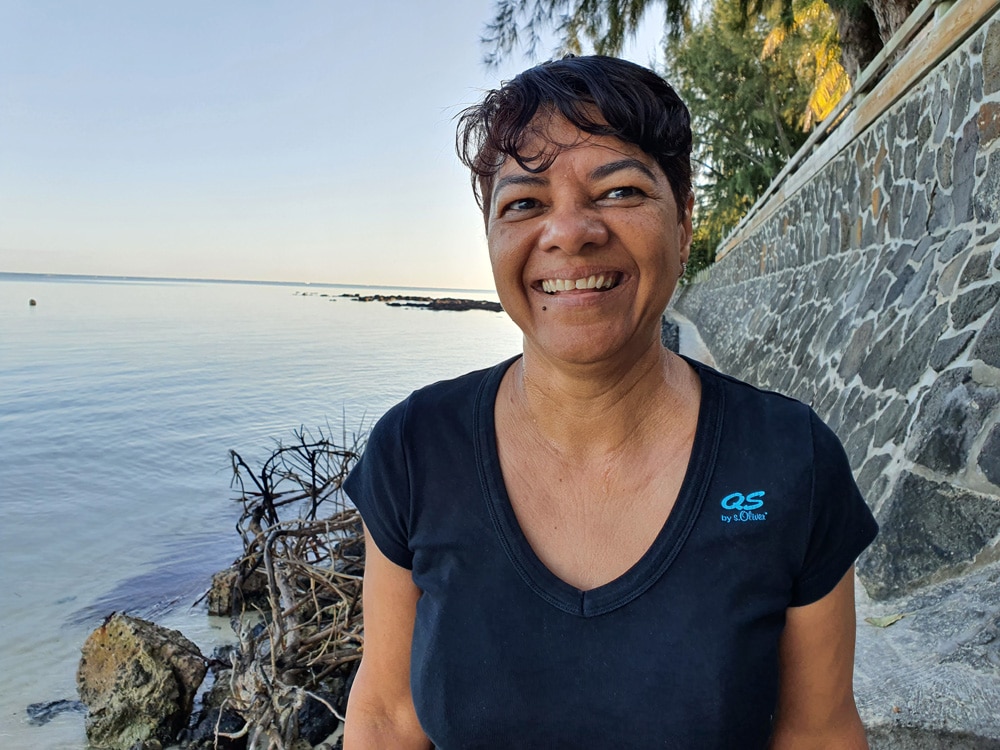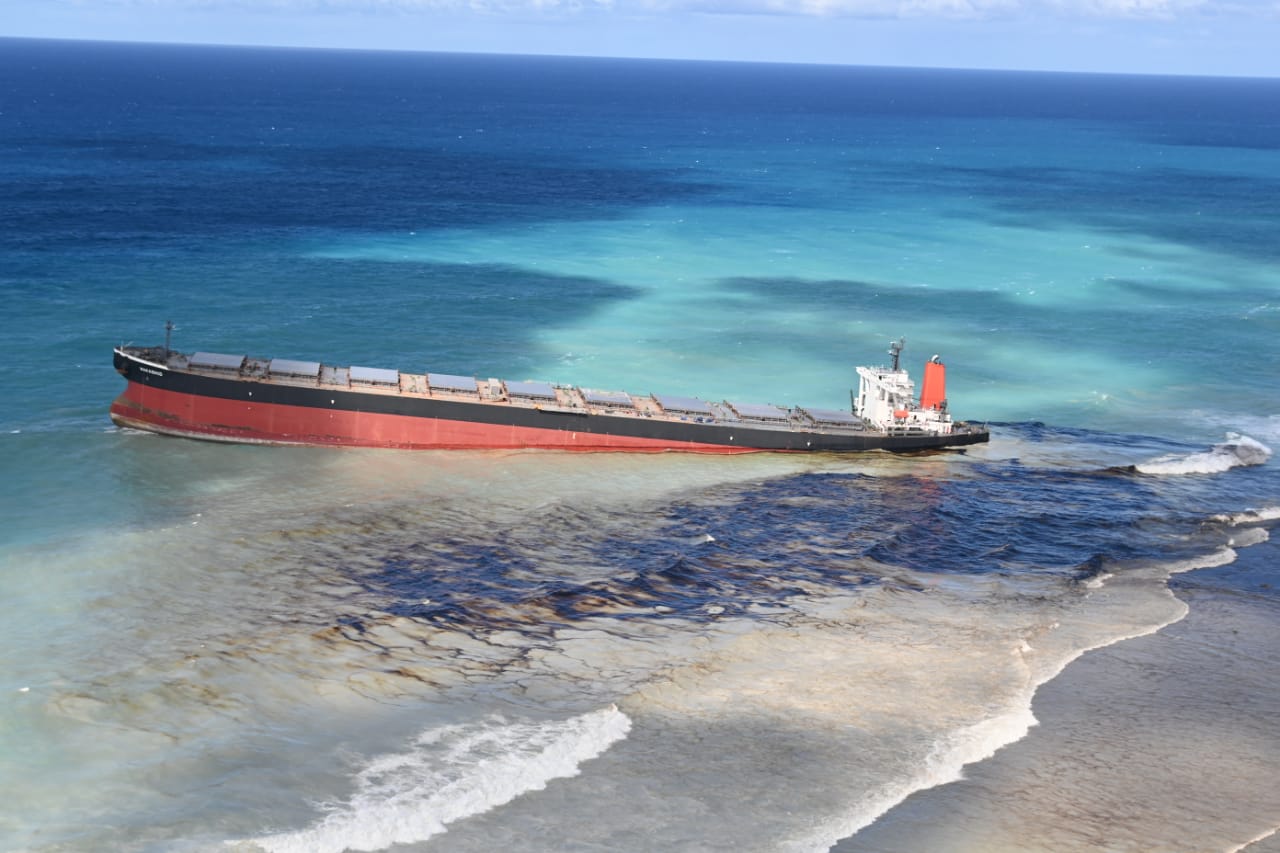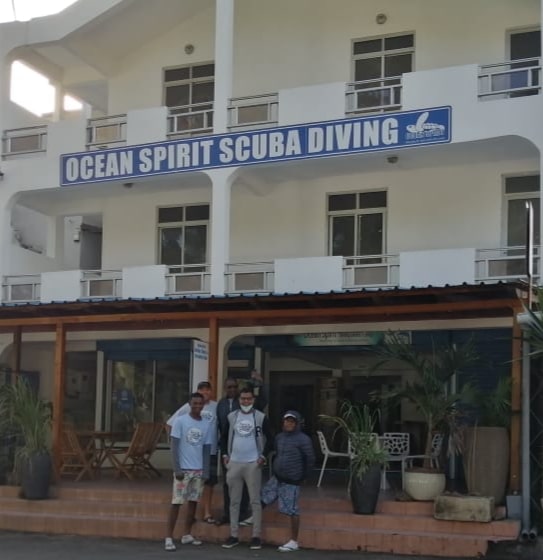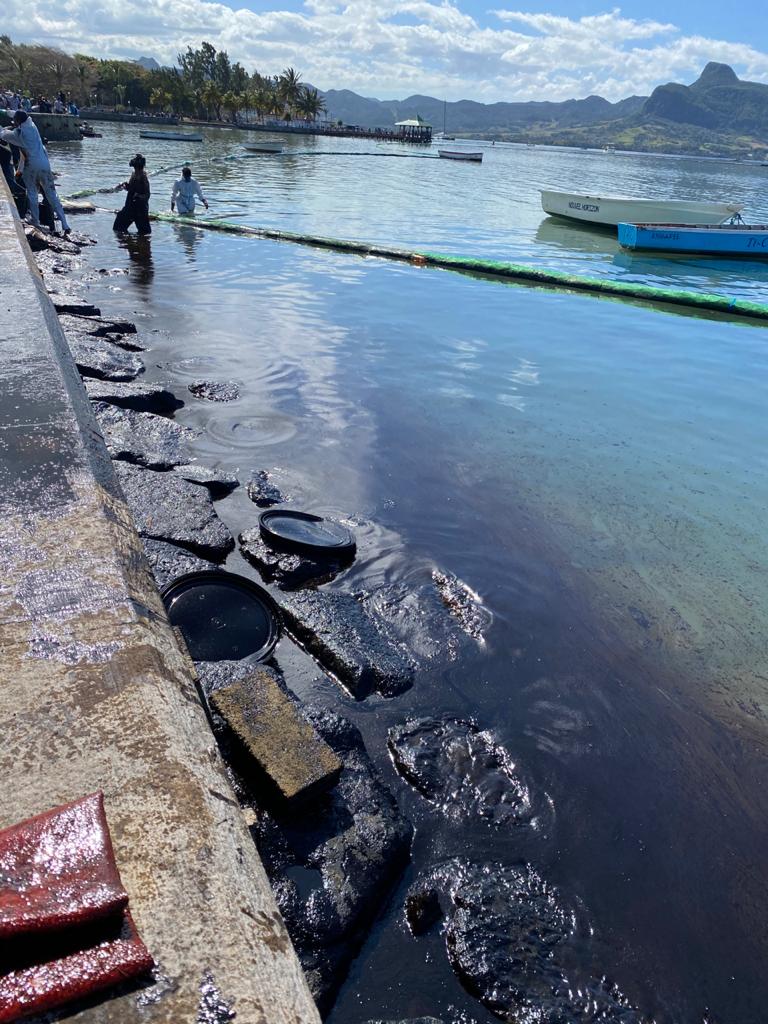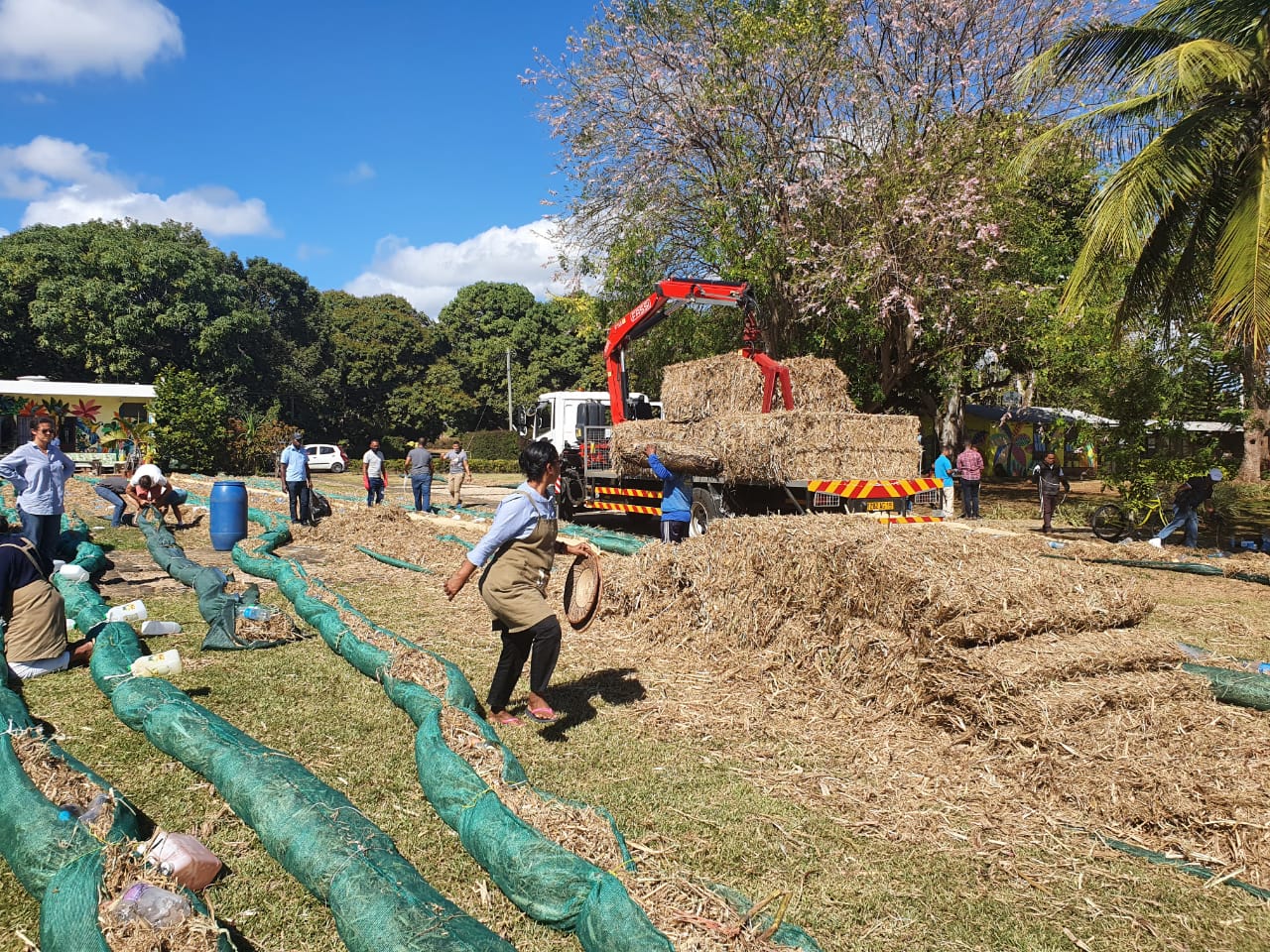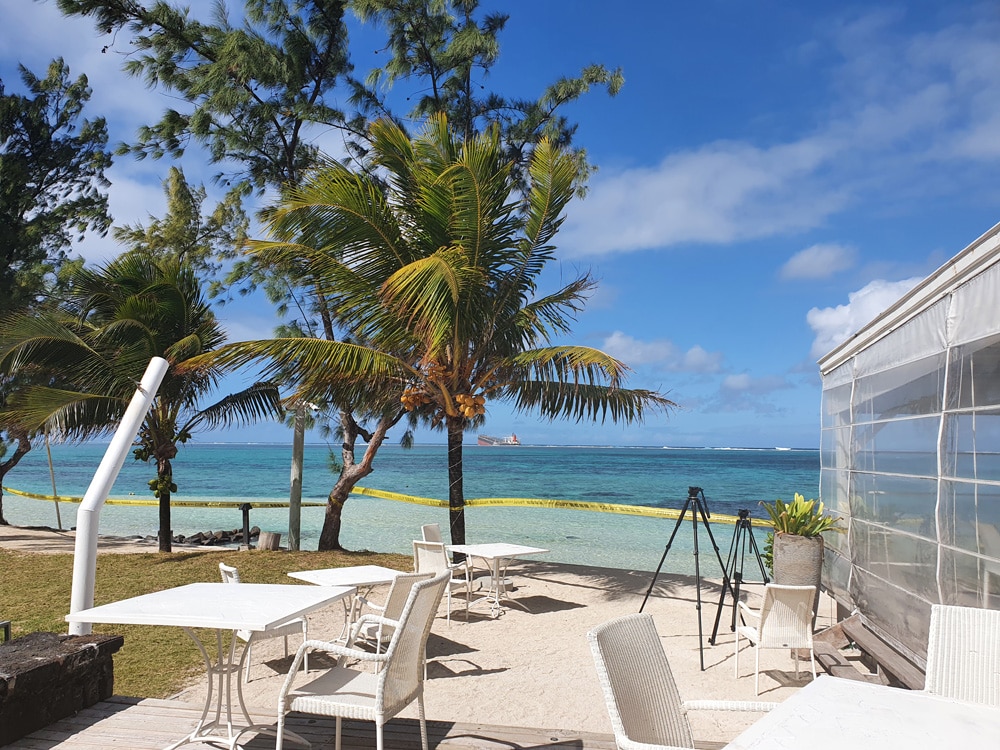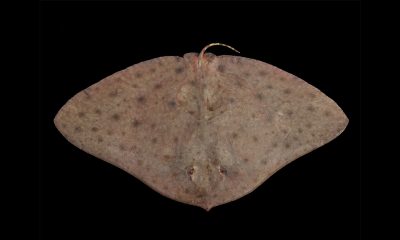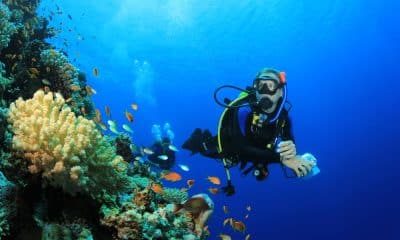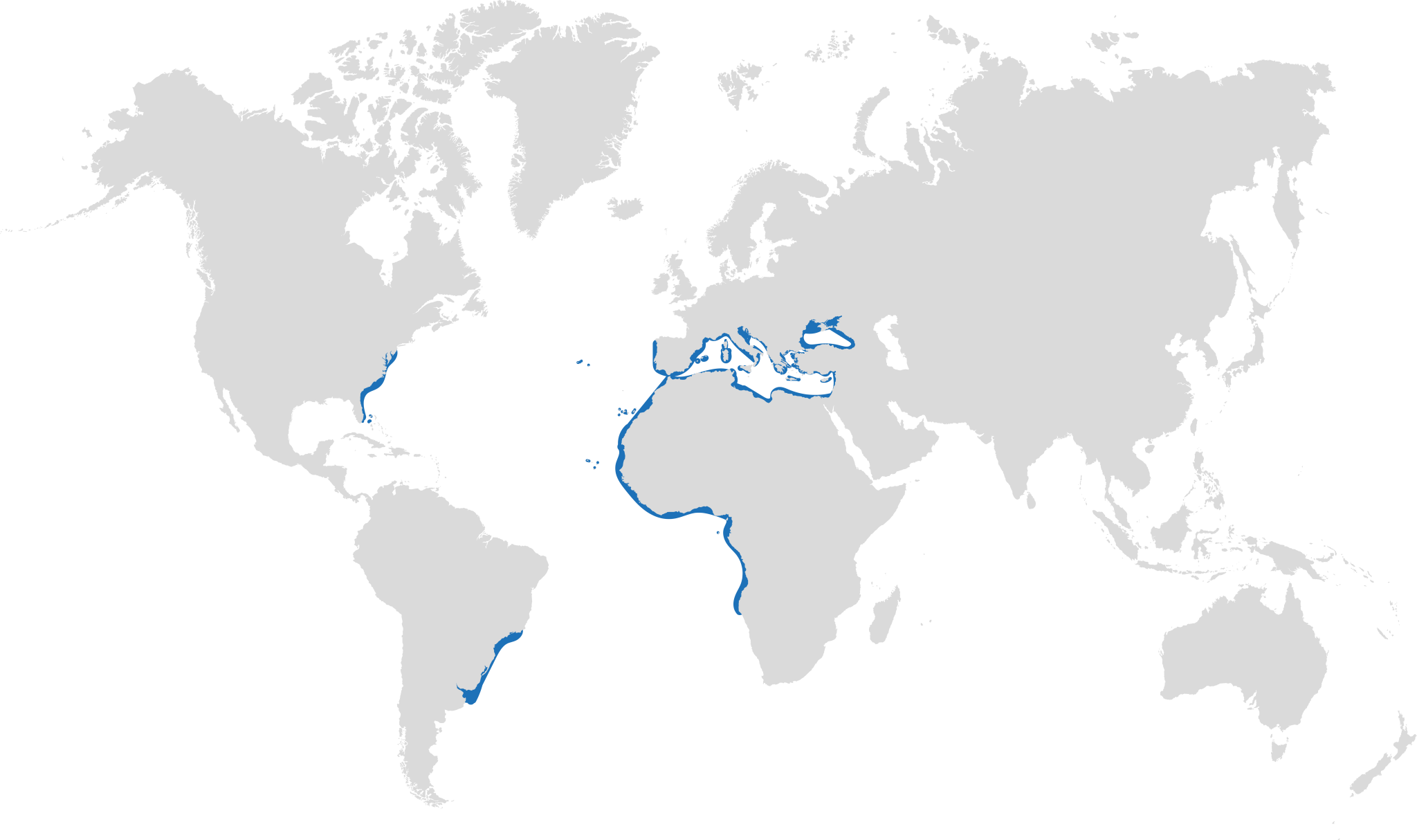Marine Life & Conservation Blogs
The Wakashio Oil Spill in Mauritius – a report from Jill Holloway
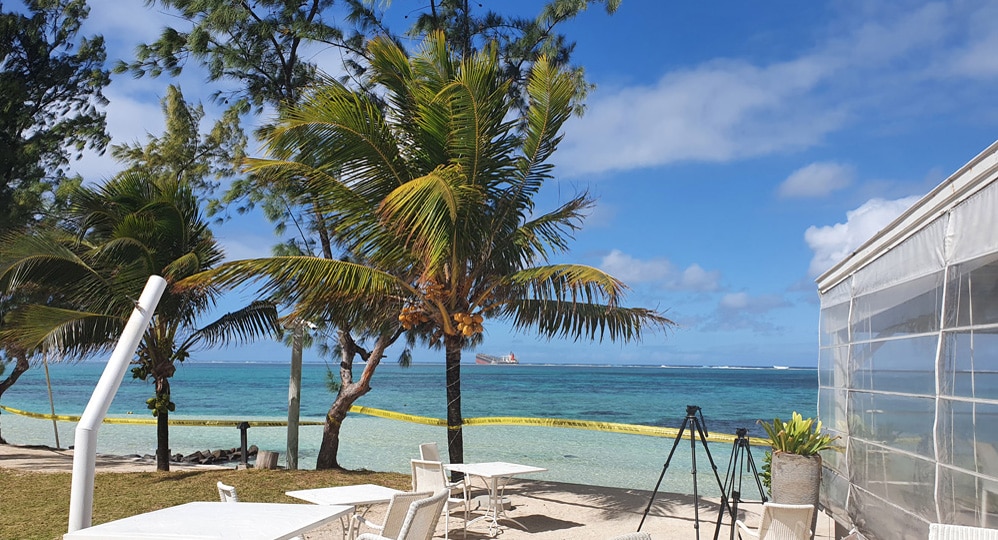
When a woman cuts her hair to save her Island you know it’s got to be a really special place. Two women that I know have both made this sacrifice.
Monica could sit on her hair. Now its gone into the bales to soak up oil. Hair absorbs eight time its weight in oil, and when there are potentially 4000 tons about to pour onto your coastline, sometimes it’s the only thing you can do to help. All over Mauritius women have been cutting their hair to contribute to the sugar can trash and bagasse being packed into home -made floating barricades to contain the catastrophic effects of bunker oil pouring from the hull of the Wakashio.
The WAKASHIO is a 200,000 ton bulk carrier 300 meters long. It is registered in Panama. Built in 2007 it is the responsibility of Nagashiki Shipping of Japan. It’s a 21st Century ship with ultra modern technology. No way should it hit the reef. And it was 200 nautical miles off course from Singapore to Brazil. (https://www.fleetmon.com/maritime-news/2020/30533/major-oil-spill-mauritius-island/)
This 300 metre bulk carrier ship was mysteriously run aground in the extreme south of Mauritius on the reef at Point Desney listed under the Ramsar Convention on Wetlands of International Importance. I got a call from the Coast Guard who tell me when anything that may affect diving.
That will be an expensive salvage job for someone, who will do it? I asked. Marine salvage is big business, and the ship was huge, and salvage fees increase with the size and value of the ship. The salvage crew get a percentage of the value of the vessel, paid directly by the insurers.
No no Madame, the owners do not want anyone to salvage it. They will send a crew from Holland in about three weeks. This is a bulk carrier. At the end of 2 weeks the ship was still there, and the hull, trapped on the coral reef, breached and black noxious bunker oil began to out onto the reef. The oil spread incredibly quickly, and the Mauritian Government call for National Mobilization while our beautiful turquoise ocean turned black.
This video is cobbled together from the early images flashing around the island, while everyone panicked at the possibility that we would wake up with our beaches covered in oil. Team Ocean Spirit went down on Saturday and spent the entire day deploying bales. Kevin our Dive Centre Manager came back shaken and shocked.
It’s chaos he said. How do they expect to contain that mess with sugar cane, trash, women’s hair, and shade cloth? He said that the stink was horrific, that the oil sludge was toxic, and that the guys should not go down on Sunday but recover from the fumes.
Under the control of the Prime Minister of Mauritius, the MSDA (Mauritian Scuba Diving Association) NGO Reef Conservation, Business Mauritius, The Chemical Industry, NGO Wildlife Mauritius, the Beach Authority, and health officials Mauritius leaders met to strategize. The sugar industry offered cane trash and bagasse. Construction companies offered miles of shade cloth. Clothing manufacturers provided absorbent cotton fabric and the fishing industry supplied miles of fishing line. The Health officials provided masks and gloves, and the Eco Sud guys guided the teams on safe retrieval of the oil.
The local population did the rest. All over the island, people stitched bales and stuffed them with oil absorbent material. Small fishing boats carried the barrages out to the oil covered ocean.
Others went down to the affected areas to save the fish trapped in the oil coated mangroves. Ile Aigrettes was severely affected, and I have not been able to get there to look at the effect of the oil. Volunteers collected all the birds off the Island and brough them to safety.
On Monday I was asked to go to Resiglas the boat builders swimming pool manufacturers and septic tank builders who provided drums to store the oil. They had cut a styrene block to support one of the pumps and asked me to take it down to Mahebourg. I was dreading this and expected to see chaos and oil. Unbelievable within 2 days the bulk of the oil around Point Desney and Mahebourg had been contained, removed and clean barriers placed. The French had sent a ship, 2 planes full of pumping equipment, a team of pollution control specialists and drones and helicopters to identify spots in need of help.
Point Desney, deceptively clean and calm with Wakashio posing in the distance. While we cannot predict the full impact this has had on the corals, the ocean is now almost clean. Thanks to teamwork and a small amount to the ladies of Mauritius who shaved their heads.
- Words: Jill Holloway
- Copyright Ocean Spirit: www.osdiving.com
Marine Life & Conservation Blogs
Creature Feature: Butterfly Rays

 In this series, the Shark Trust will be sharing amazing facts about different species of sharks and what you can do to help protect them.
In this series, the Shark Trust will be sharing amazing facts about different species of sharks and what you can do to help protect them.
As we’re currently in butterfly season, this month we decided to concentrate on the Butterfly Rays!
Within the family Gymnuridae, there are two genera and 12 species of Butterfly Ray. These species are morphologically different to lots of other rays because of the width of the disc and pectoral fins – in contrast to many other species of Butterfly Ray, their bodies are much wider than they are long, especially considering their very short tail. This gives them the appearance of gliding or flying across the sand.
Gymnura altavela – Spiny Butterfly Ray
Gymnura australis – Australian Butterfly Ray
Gymnura crebripunctata – Longsnout Butterfly Ray
Gymnura japonica – Japanese Butterfly Ray
Gymnura lessae – Lessa’s Butterfly Ray
Gymnura marmorata – California Butterfly Ray
Gymnura micrura – Smooth Butterfly Ray
Gymnura natalensis – Backwater Butterfly Ray
Gymnura peocilura – Longtail Butterfly Ray
Gymnura sereti – Seret’s Butterfly Ray
Gymnura tentaculata – Tentacled Butterfly Ray
Gymnura zonura – Zonetail Butterfly Ray
Today we’re taking a look at Gymnura altavela, the Spiny Butterfly Ray. Like all Butterfly Rays, the Spiny Butterfly Ray is a demersal species, meaning it spends the majority of its time on the bottom of the seabed. Butterfly Rays are known for their burying behaviour in the sand, a technique they use to camouflage themselves when they are resting during the day. This protects them from predators, in some areas larger sharks. It also aids them in their ambush hunting technique – by hiding themselves under the sand they are able to easily snatch up their dinner – usually crustaceans, molluscs or other small fish – as they swim by unawares. This behaviour can leave tell-tale butterfly-ray shaped imprints in the bottom of the seabed.
Spiny Butterfly Rays can grow up to 260 cm (disc width (wingspan)), although average is around 200 cm. They give birth to live young, and each litter consists of 1-8 pups. This species has also been found to aggregate, likely for mating. One study found that aggregations of primarily females in the coastal regions off Gran Canaria may correlate with the shifting water temperature.
It is estimated that the species has undergone a population reduction of 50-79% over the last 33 years. This is primarily due to fishing pressure – the Spiny Butterfly Ray is targeted and bycaught in both industrial and artisanal fisheries types using a variety of gear types. The species is now Critically Endangered in the Mediterranean and Southwest Atlantic.
Scientific Name: Gymnura altavela
Family: Gymnuridae
Maximum Size: 260 cm (disc width)
Diet: crabs, shrimps, various invertebrates, fishes, small crustaceans, and molluscs.
Distribution: throughout the Atlantic and Mediterranean and Black Seas.
Habitat: muddy and sandy substrates down to 150m.
Conservation status: Critically Endangered in the Mediterranean and Europe, Endangered Globally.
For more great shark information and conservation visit the Shark Trust Website
Banner Image: ©Tomas Willems. Main image: ©Andy Murch
Blogs
Seal Encounter Dives at Lundy Island
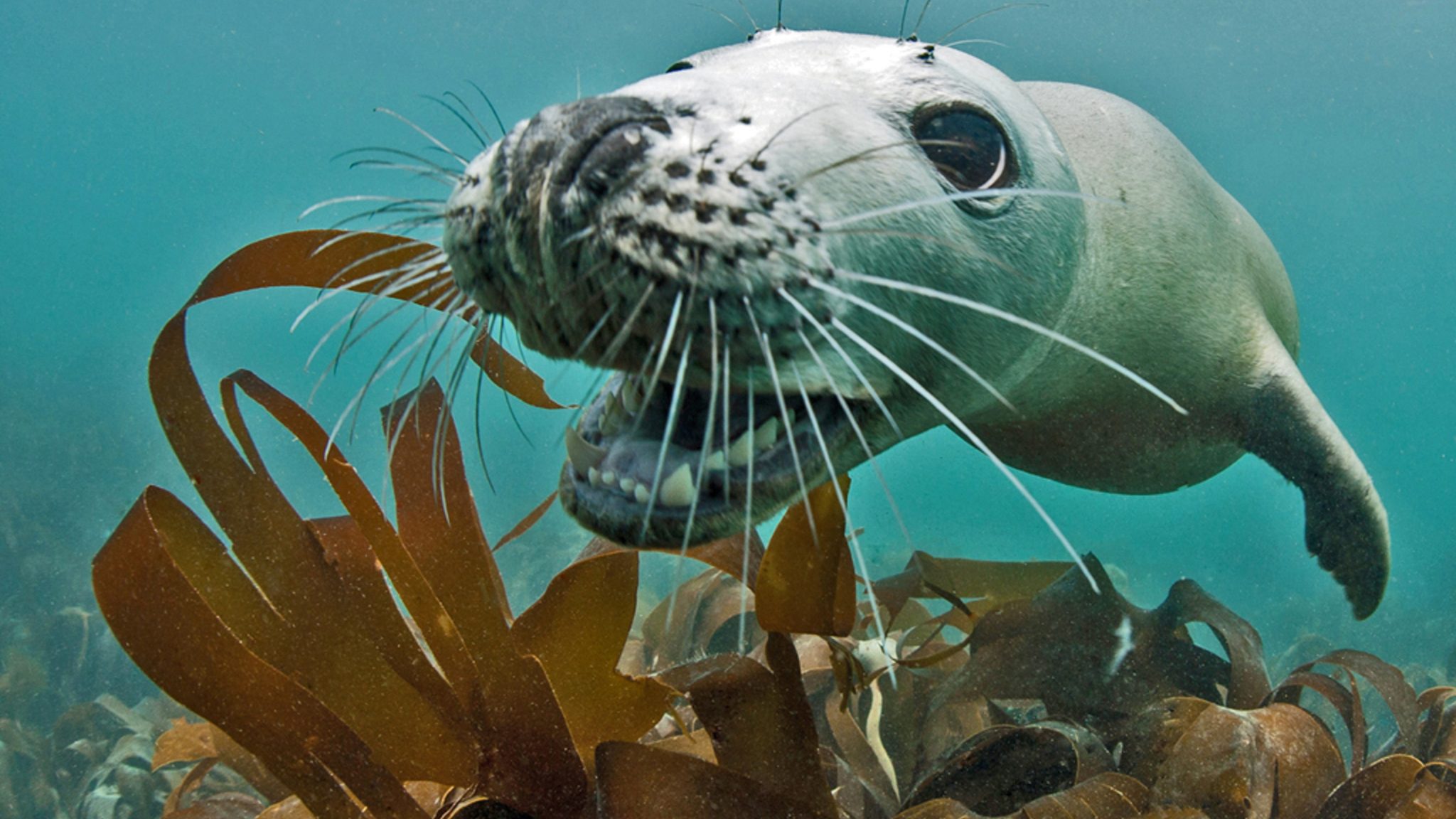
Voted No. 3 on the Top 10 Ultimate British Isles Bucket List by The Independent, these dives offer the closest marine mammal encounter available to divers in the UK. Friendly and playful, respectful divers are often rewarded by incredible interaction with the Lundy Seals.
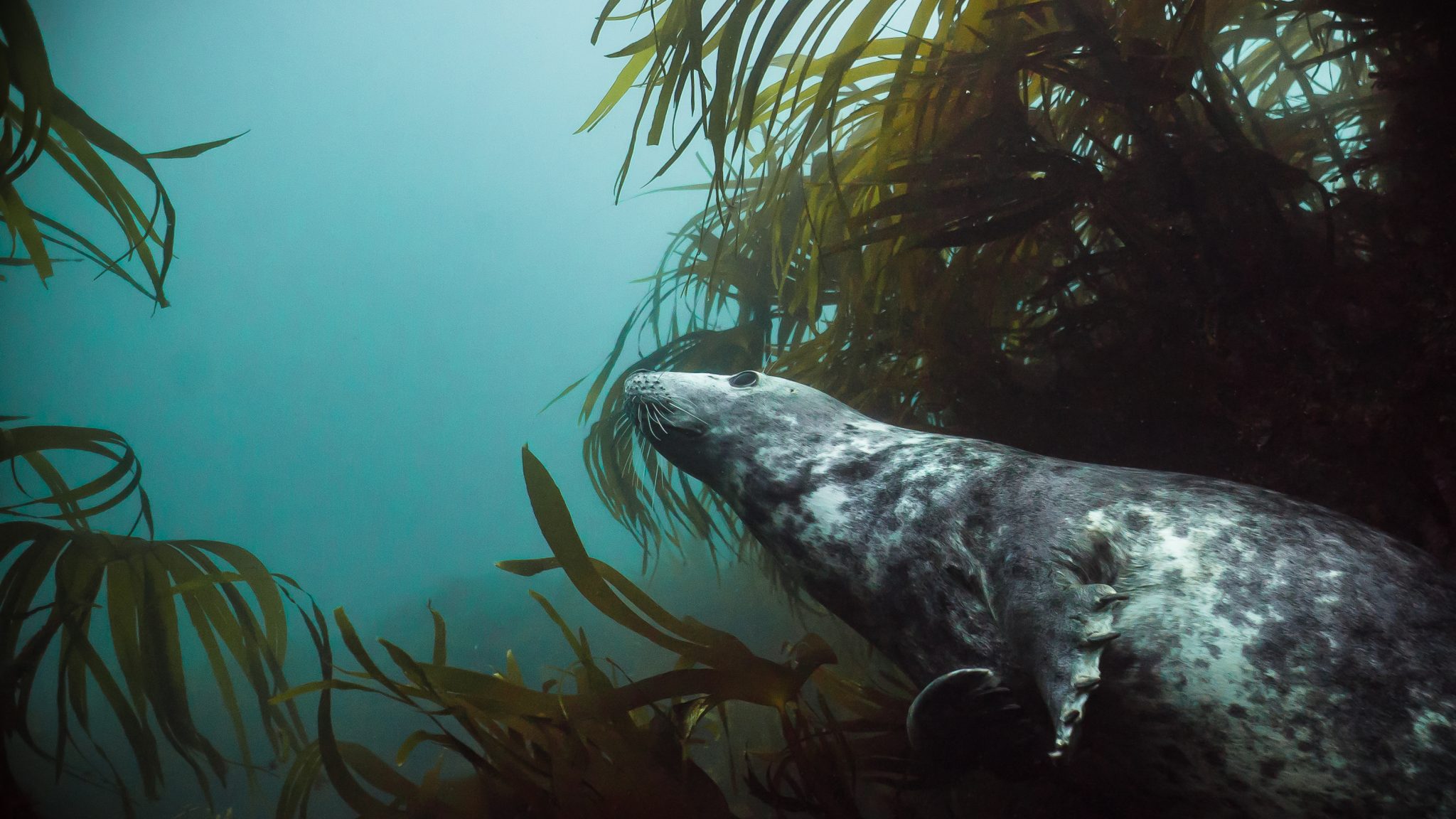
Easy Divers has been running guided dive trips to Lundy for nearly 10 years and offers dive equipment hire if required. Trips depart from the stunning harbour town of Ilfracombe in North Devon and Dolphins are often seen during the boat passage.
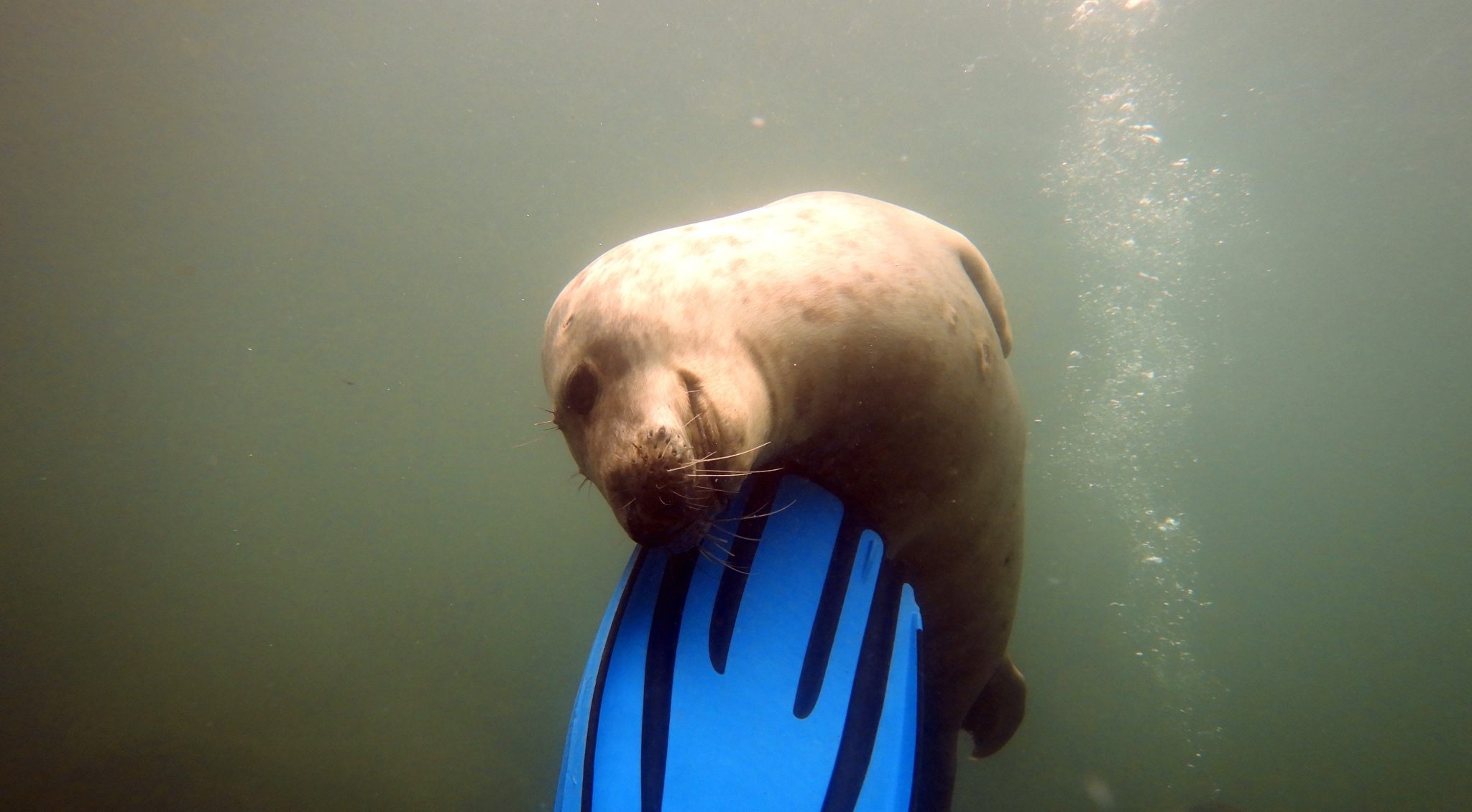
In addition to diving, Ilfracombe is a great base from which to hike the South West Coast Path, dip into surfing at the UK’s first World Surf reserve, enjoy other water sports or head to Exmoor National Park.
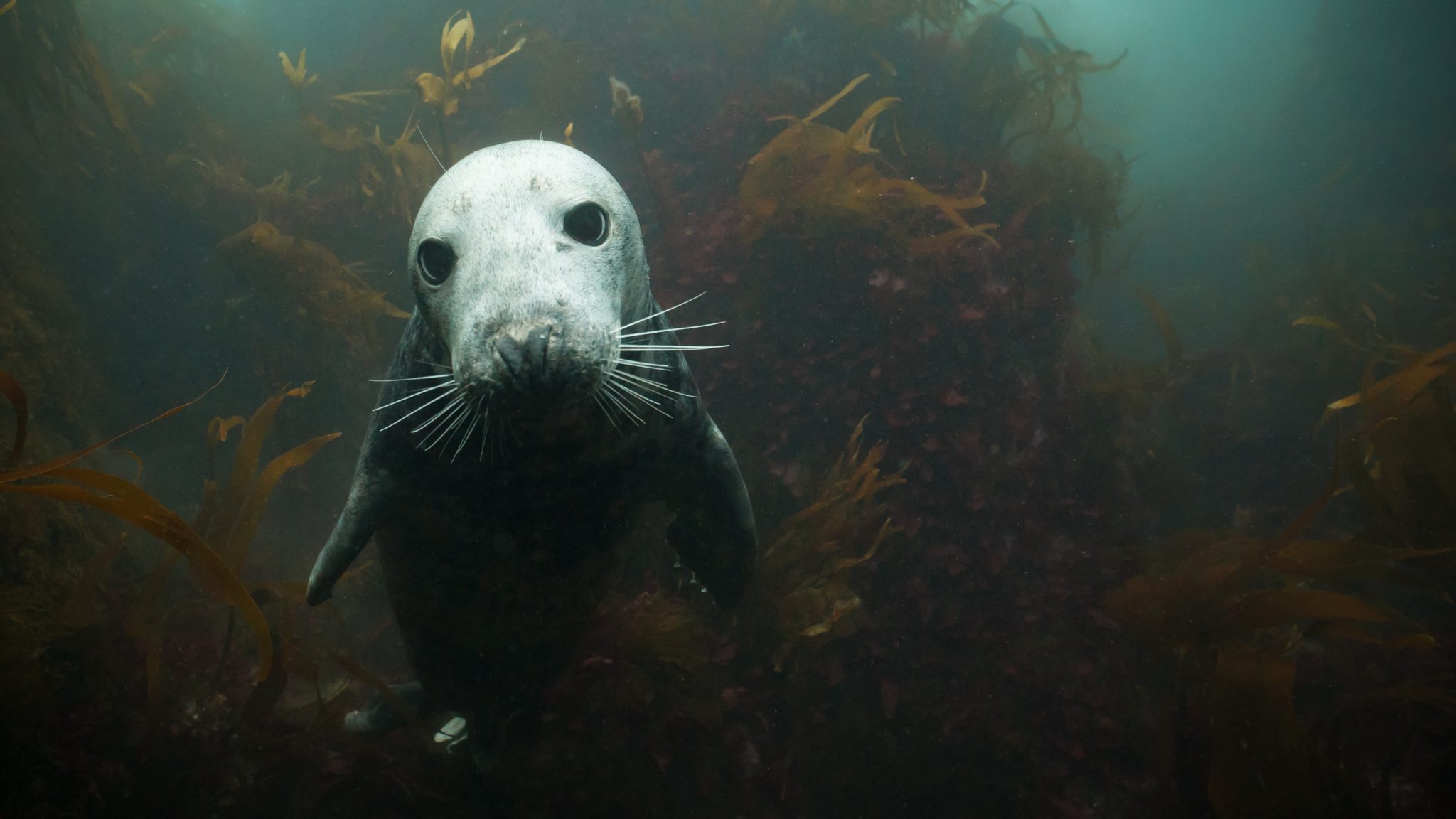
Easy Divers also runs a diver-friendly guest house, with a discount for diving customers and kit rinsing and drying facilities.
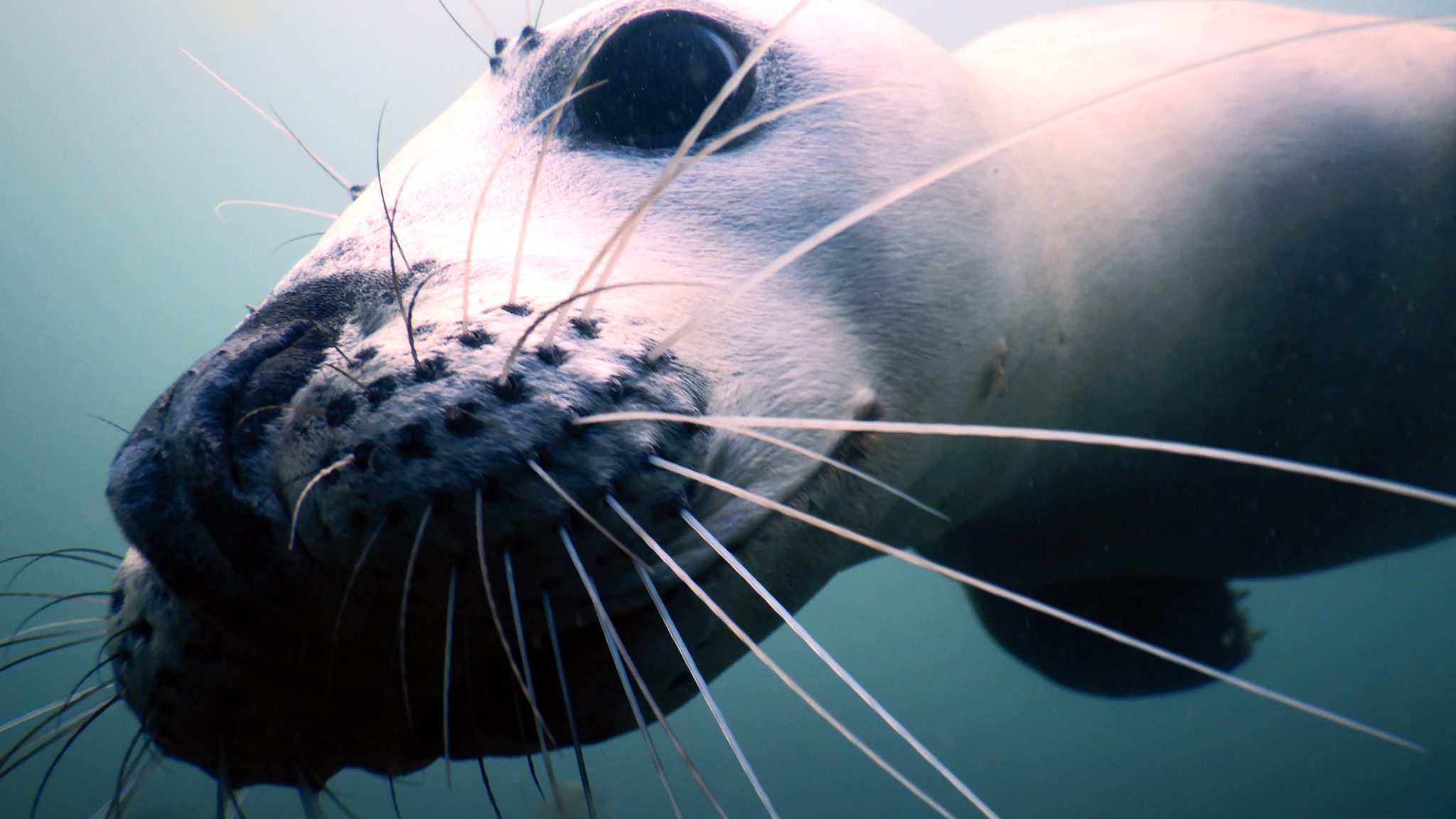
The Seal encounter dive sites are shallow and sheltered and are suitable for divers of all levels, making them a great introduction to British diving.
Exclusive Offer for Scubaverse Subscribers
Use your exclusive Scubaverse discount code scubaverse10% before the end of June and join us for a Seal encounter dive trip to Lundy Island, on any trip date with availability this Summer. Visit https://www.easydiversnorthdevon.co.uk/lundy-dive-trips/seal-encounter-dive-trips/ and enter code scubaverse10% at the on-line check out.
Trips book out well ahead, so book now to avoid disappointment. To save 10% on any 1 night stay at our guest house, please call 07833 020424. We offer free cancellation for divers who book a 1 night stay, if we have to re-schedule due to unsafe weather.
Join us for Britain’s best marine mammal diving experience!
Trips run from end of May to mid-October and are bookable via email at info@easydiversnorthdevon.co.uk, on-line via the Easy Divers website, www.easydiversnorthdevon.co.uk, or call 07833 020424 for more info
-

 Blogs1 month ago
Blogs1 month agoDive Indonesia Part 3: Dive into Lembeh Trip Report
-

 Gear Reviews1 month ago
Gear Reviews1 month agoGEAR REVIEW – Revolutionising Diving Comfort: The Sharkskin T2 Chillproof Suit
-

 News3 months ago
News3 months agoPADI Teams Up with Wellness Brand Neuro to Drive Ocean Change and Create a Blue State of Mind
-

 Blogs2 months ago
Blogs2 months agoMurex Resorts: Passport to Paradise!
-

 Blogs2 months ago
Blogs2 months agoSeagrass Awareness Month brings critical food source for Manatees to centre stage
-

 Marine Life & Conservation3 months ago
Marine Life & Conservation3 months agoSave the Manatee Club launches brand new webcams at Silver Springs State Park, Florida
-
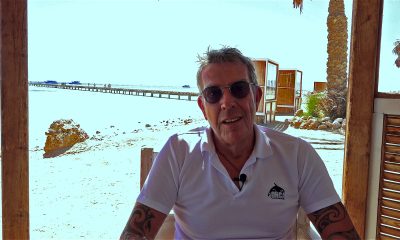
 Blogs2 months ago
Blogs2 months agoSOMABAY: Scubaverse interviews Wolfgang Clausen, General Manager, ORCA Dive Clubs
-
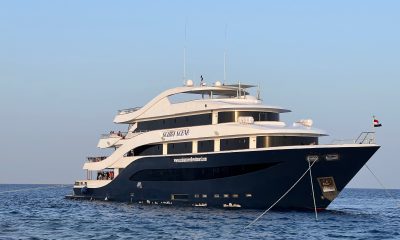
 News3 months ago
News3 months agoDIVE SHOW SPECIAL: Save up to 40% off your next liveaboard with Oyster Diving Holidays


